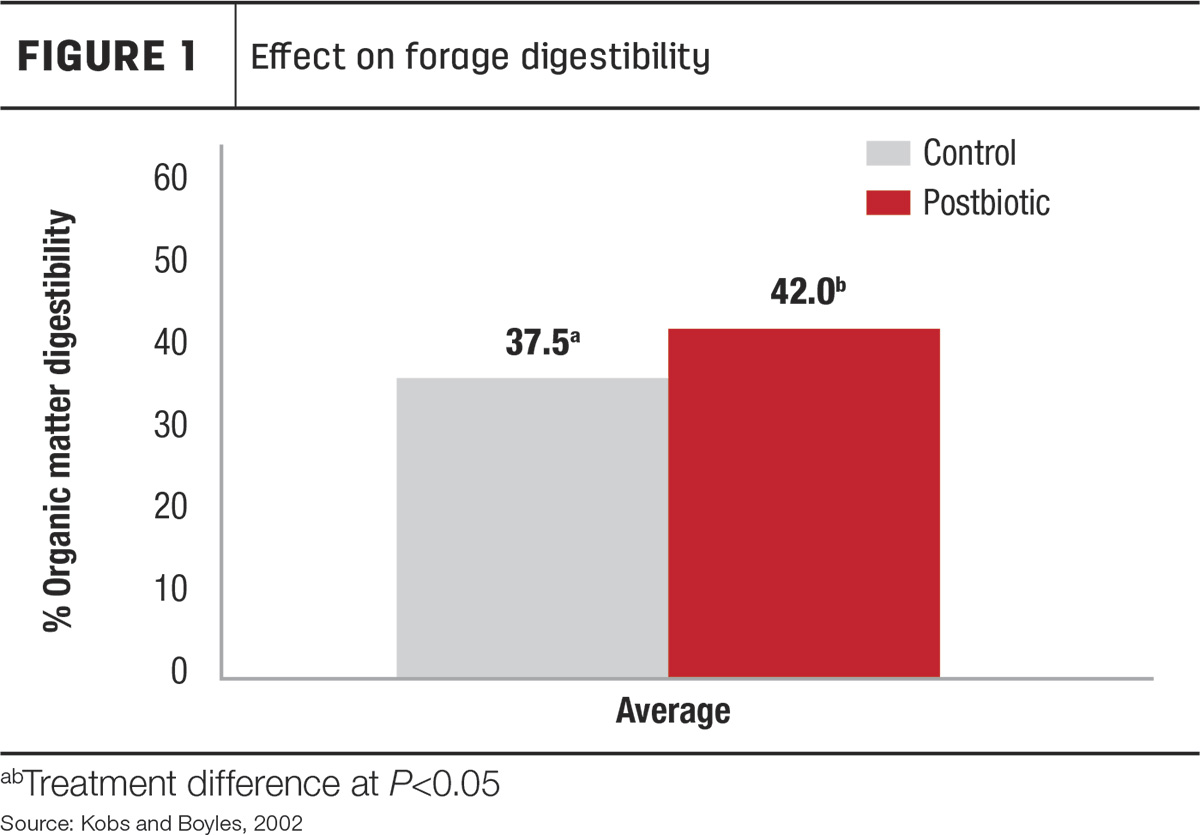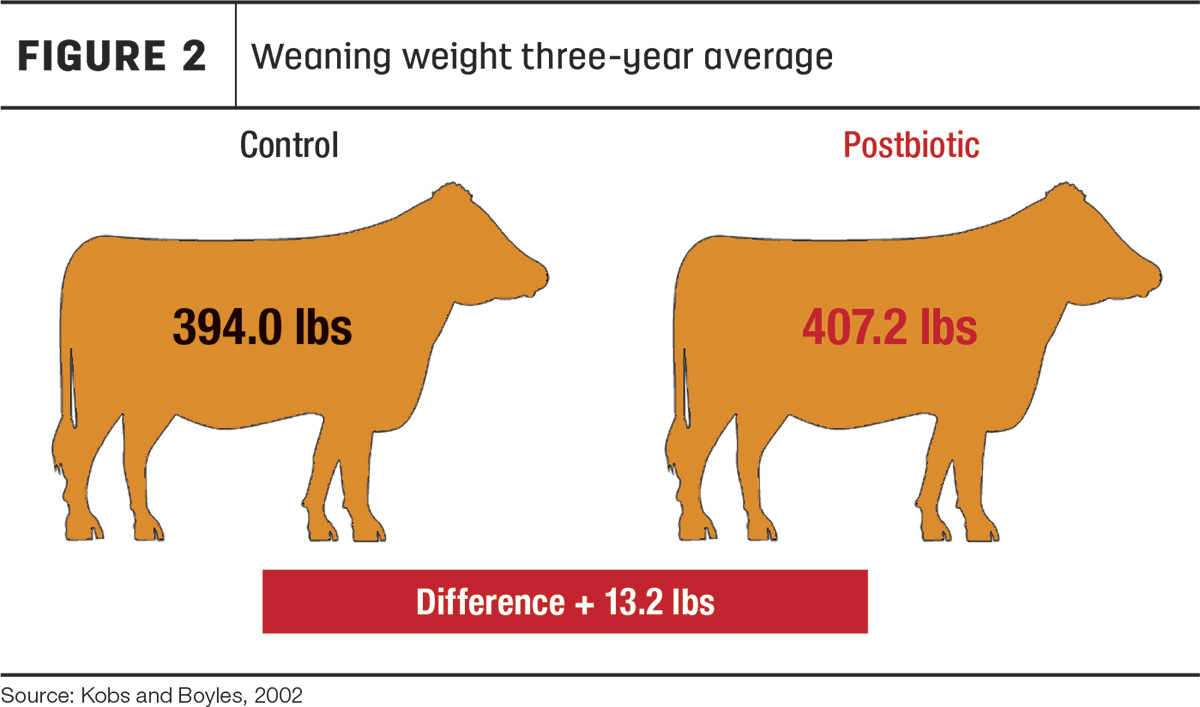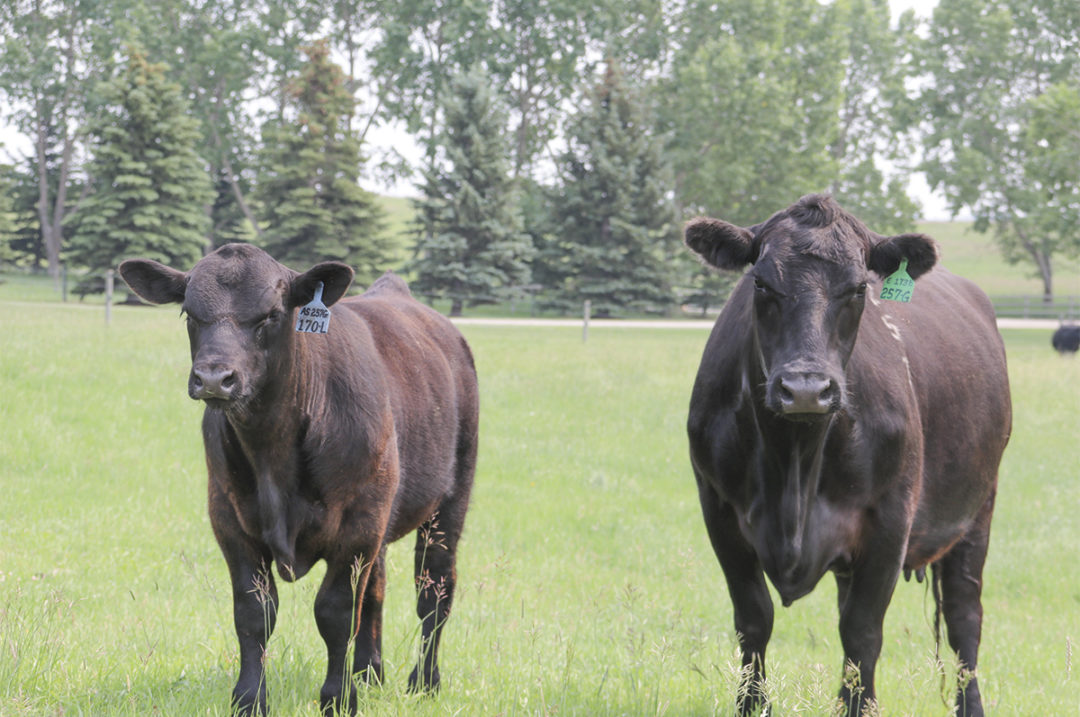Rumen health is the cornerstone of a successful cow-calf operation, impacting calf health, maternal performance, feed utilization and, ultimately, economic profitability. The rumen, along with the beneficial bacteria, protozoa and fungi that reside inside of it, play a crucial role in providing energy, microbial protein, vitamins and other essential nutrients through fermentation. These are the critical nutrients the cow needs for essential body functions such as colostrogenesis (production of colostrum), milk production, reproductive tissue repair and return to estrus, fetal growth and bodyweight gain, just to name a few. If we cheat rumen health, we are ultimately cheating the cow and all the things we are asking her to do for us in our cow-calf operation.
The question then becomes, “How do we optimize rumen health and performance in our beef cows?” From a very basic standpoint, this means keeping the rumen microbes healthy and well fed. But how do we do this? Things such as keeping the rumen “boring” are one way to keep those rumen microbes healthy. In this example, we’re ultimately talking about minimizing abrupt diet changes. For example, most cows consume a forage-based diet. The microbial community present when cows consume a forage-based diet is much different than in cattle consuming a grain-based ration. Therefore, caution should be exercised when making any diet changes or in adding energy supplements, as this can result in significant rumen upsets. When an energy supplement is necessary, try to supplement with a non-starch-based ingredient (such as high-quality forage or grain byproduct feedstuffs) as opposed to one that is high in starch (such as grains). We must also “feed” the rumen microbes to keep them thriving so they can do their job in the rumen. These microbes need a source of nitrogen (generally fed as protein), along with other micronutrients such as supplemental cobalt and a postbiotic feed ingredient.
The role of a postbiotic cannot be discounted. A study conducted at Ohio State University showed that feeding a postbiotic feed additive through a free-choice mineral supplement supported rumen microbial populations to a degree that allowed for a significant increase in forage digestibility, as shown in Figure 1.

Ensuring rumen health is optimized is paramount for the overall health and productivity of the cow. In this article, we delve into the importance of rumen health and how it impacts the three key pillars of a successful cow-calf program: calf health, maternal performance and feed utilization.
Jump-start calf health
A calf’s health starts with colostrum. Calves are born without an active immune system, so they must receive immunoglobulins from colostrum to have any defense in the first two to three weeks of life. Timing of colostrum consumption is critical, with the first two hours post-birth being the optimal time frame for maximal absorption. Factors affecting colostrum absorption include the timing of colostrum feeding, immunoglobulin concentration and total colostrum volume. When there is a failure of passive transfer, or inadequate antibodies passed on to the calf, those calves are much more likely to suffer from scours and other illnesses. In fact, research from the U.S. Meat Animal Research Center showed that calves with the lowest serum immunoglobulin levels were 5.4 times more likely to die prior to weaning and 3.2 times more likely to get sick.
So how does rumen health of the cow relate to calf health? Two of the key factors mentioned above are immunoglobulin concentration of the colostrum and colostrum volume. Colostrogenesis in the cow generally begins around six weeks prior to calving. If the cow is being shorted in nutrients in any way during this time period, the colostrum quality and/or quantity could suffer. Research has even demonstrated that feeding a postbiotic to cows beginning six weeks before calving positively impacted immunoglobulin level in the colostrum, as well as subsequent passive transfer of immunity in the calf. As a result, calves are more resilient against calf scours and other health challenges they may face early in life.
Optimize maternal performance
Once we get past the hurdle of getting calves on the ground and keeping them healthy early in life, our focus often shifts toward two things that have a major impact on profitability. Collectively, I like to refer to those things as “maternal performance,” but specifically it’s about getting cows rebred and increasing weaning weights. As was mentioned previously, optimal rumen health also provides more energy and protein to the cow. These nutrients are essential for maintaining cows in proper body condition during breeding season, thereby allowing for quicker return to estrus and conception. If we can get cows bred on the first service as opposed to the second, that future calf will be around 21 days older the following year. If we assume a 1.5- to 2-pound-per-day gain in that calf from birth to weaning, we’re talking about a 30- to 40-pound heavier calf at weaning. With today’s calf prices, that advantage likely represents a $100 bill or more.
Also keep in mind that cows can also use that additional energy resulting from enhanced rumen performance for increased milk production. Obviously, more milk generally means heavier calves at weaning, translating into a bigger check on sale day. Research has demonstrated a beneficial response to using a postbiotic to enhance rumen function, thereby driving up milk production and subsequent weaning weights, as shown in Figure 2.

Capitalize on feed savings
Feed is often the most significant expense in a cow-calf operation, making it a key area for potential savings and increased profitability. Improving digestibility and forage utilization can lead to lower feed costs and improved efficiency.
Optimizing rumen health can significantly impact feed efficiency, thereby decreasing the amount of feed needed by the cow to maintain her condition. This is even important during the dry period, which obviously coincides with winter in spring-calving herds. Most of the time, winter feed is the most expensive feed we will feed to our cows. By improving rumen performance during this key period, we can winter cows on less feed, thereby saving on feed costs. This savings can also be seen in other situations as well. Drought or overstocking conditions would be some specific examples of how extending our forage could be especially beneficial.
In conclusion, optimizing rumen health is essential for maximizing productivity and profitability. While spending a few extra cents on some management practices or supplements may seem like an added cost, the return on investment is quite significant. Improved calf health, heavier calves at weaning and the ability to maintain cows on less feed are just some of the benefits of an optimized rumen. Understanding how to enhance rumen health and performance in your cows is ultimately the cornerstone of her performance – and your profitability.









